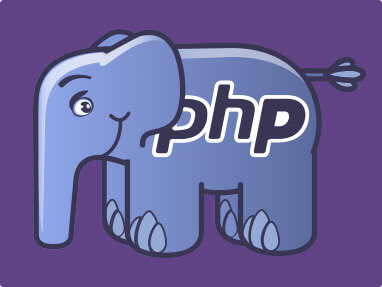PHP started out as a small open source project that evolved as more and more people found out how useful it was. Rasmus Lerdorf unleashed the first version of PHP way back in 1994.
- PHP is a recursive acronym for "PHP: Hypertext Preprocessor".
- PHP is a server side scripting language that is embedded in HTML. It is used to manage dynamic content, databases, session tracking, even build entire e-commerce sites.
- It is integrated with a number of popular databases, including MySQL, PostgreSQL, Oracle, Sybase, Informix, and Microsoft SQL Server.
- PHP is pleasingly zippy in its execution, especially when compiled as an Apache module on the Unix side. The MySQL server, once started, executes even very complex queries with huge result sets in record-setting time.
- PHP supports a large number of major protocols such as POP3, IMAP, and LDAP. PHP4 added support for Java and distributed object architectures (COM and CORBA), making n-tier development a possibility for the first time.
- PHP is forgiving: PHP language tries to be as forgiving as possible.
- PHP Syntax is C-Like.
- It is powerful enough to be at the core of the biggest blogging system on the web (WordPress)!
- It is deep enough to run the largest social network (Facebook)!
- It is also easy enough to be a beginner's first server side language!
What You Should Already Know
Before you continue you should have a basic understanding of the following:
- HTML
- CSS
- JavaScript
- Any other programming language like "C" , "C++" or any other Object oriented programming.
What Can PHP Do?
- PHP can generate dynamic page content
- PHP can create, open, read, write, delete, and close files on the server
- PHP can collect form data
- PHP can send and receive cookies
- PHP can add, delete, modify data in your database
- PHP can be used to control user-access
- PHP can encrypt data
